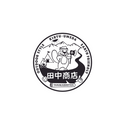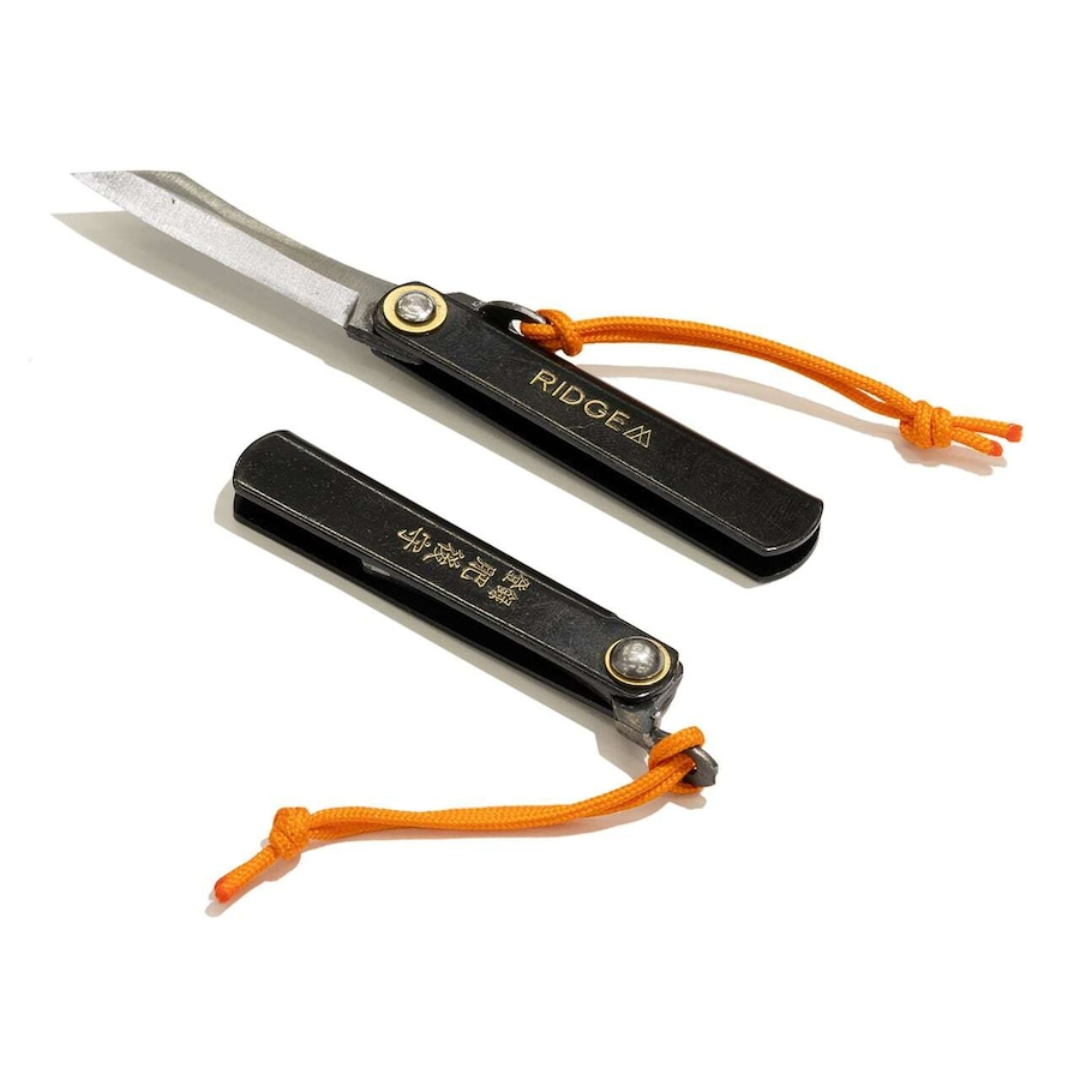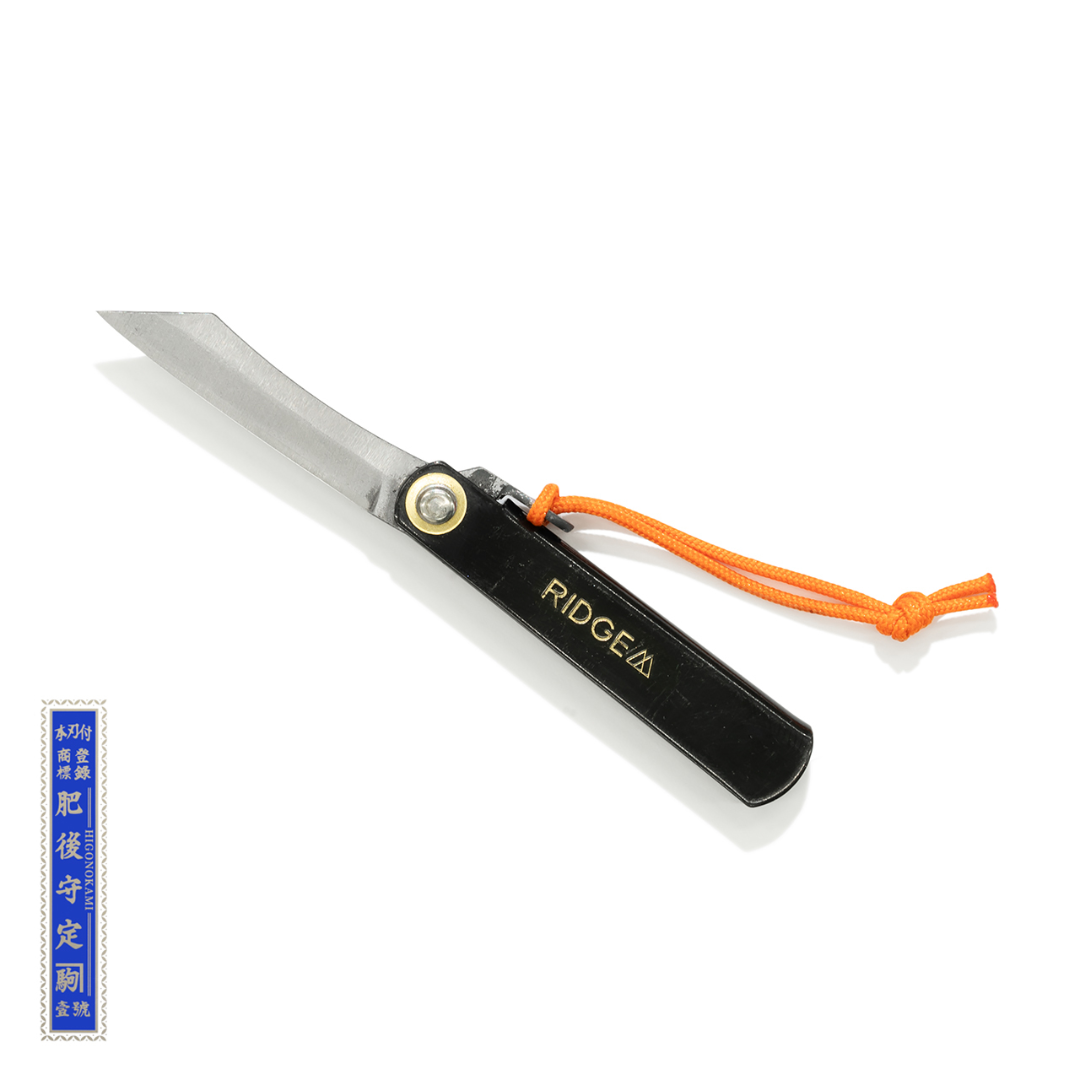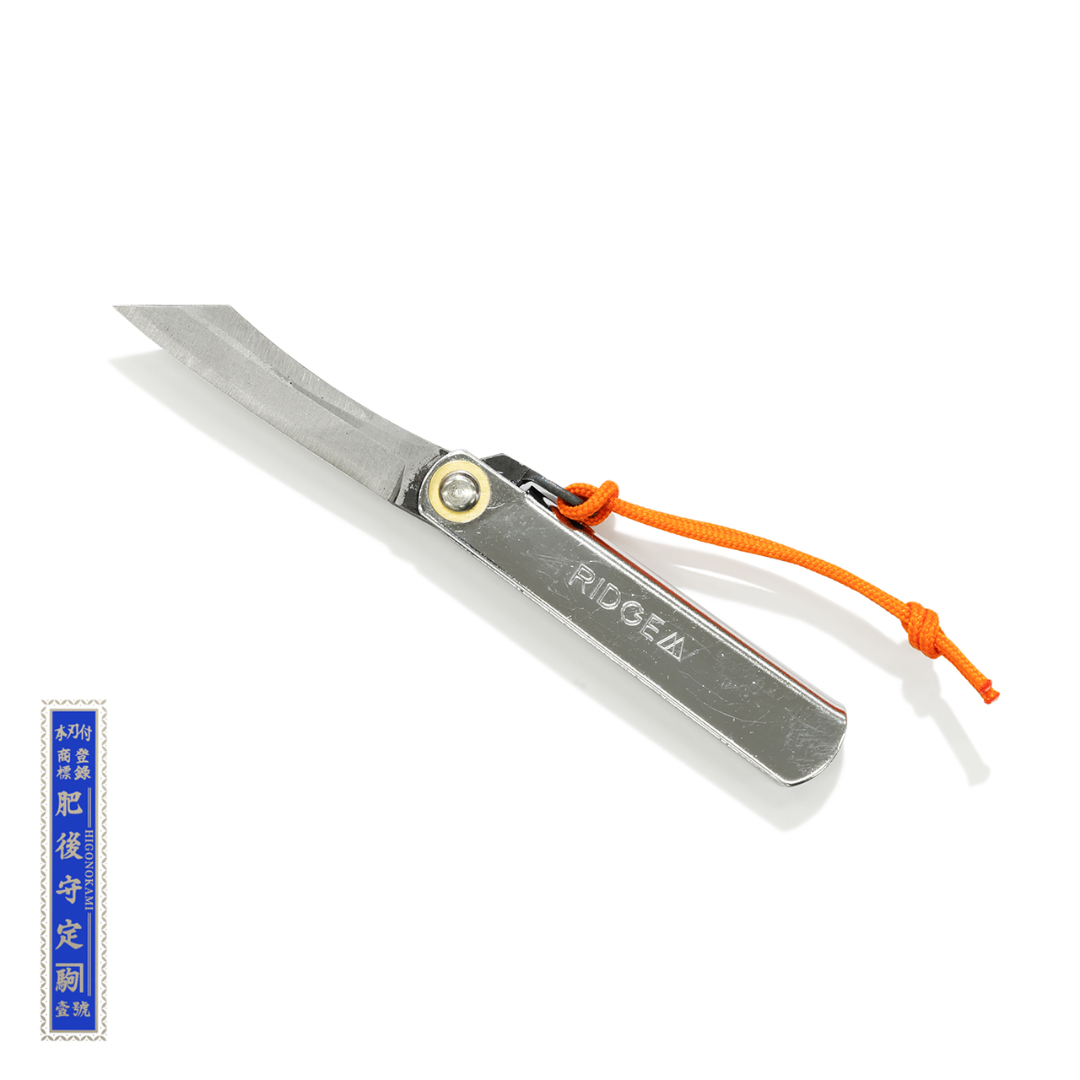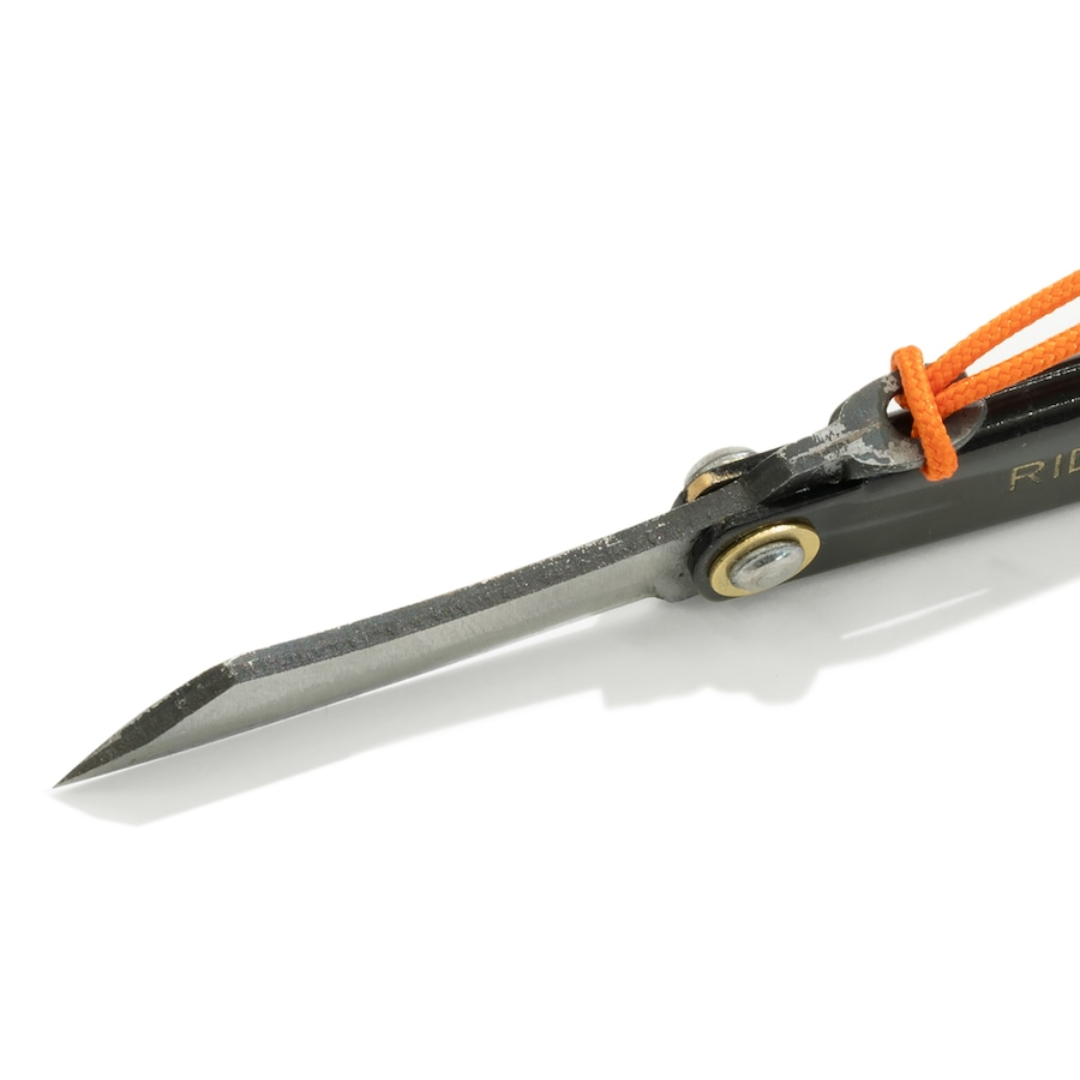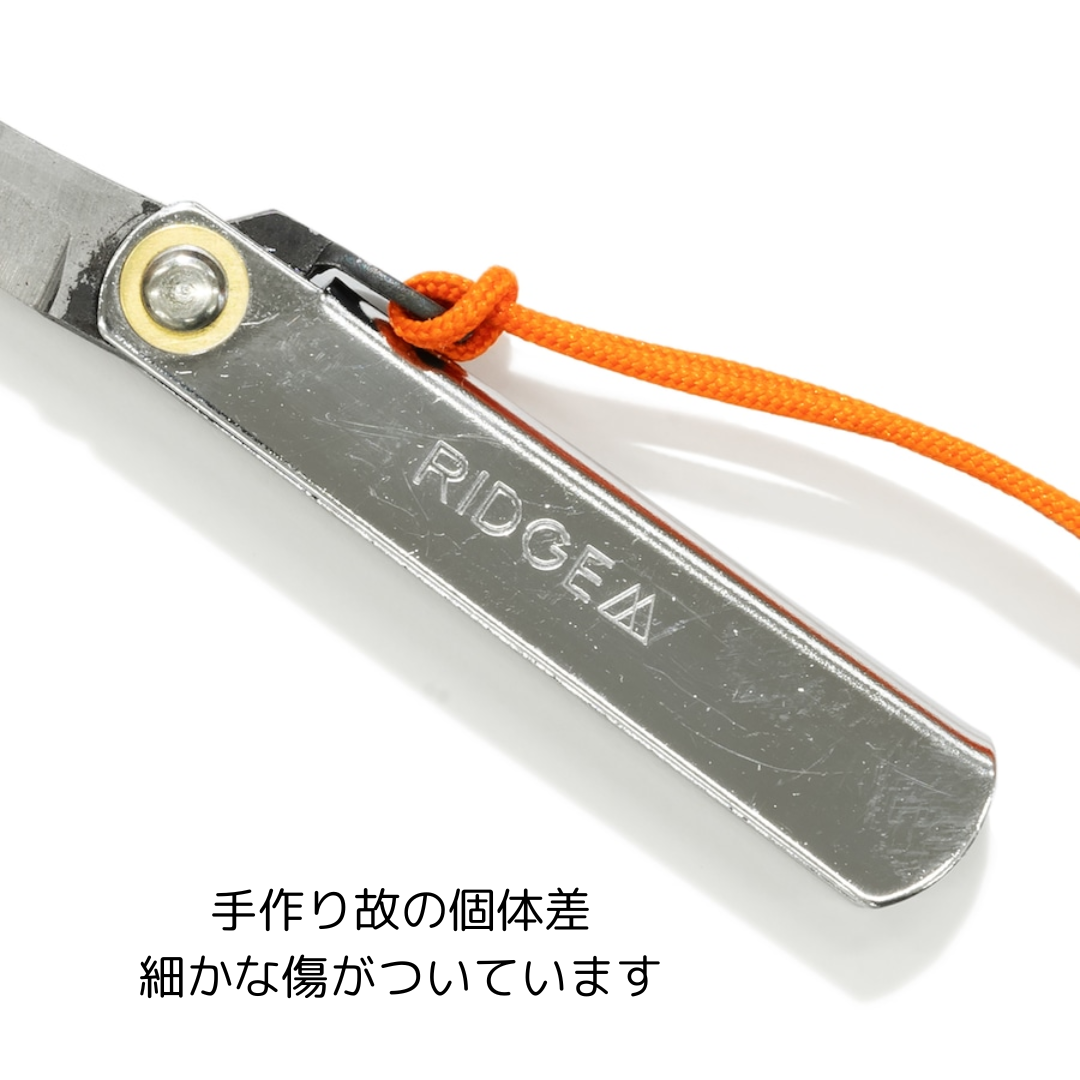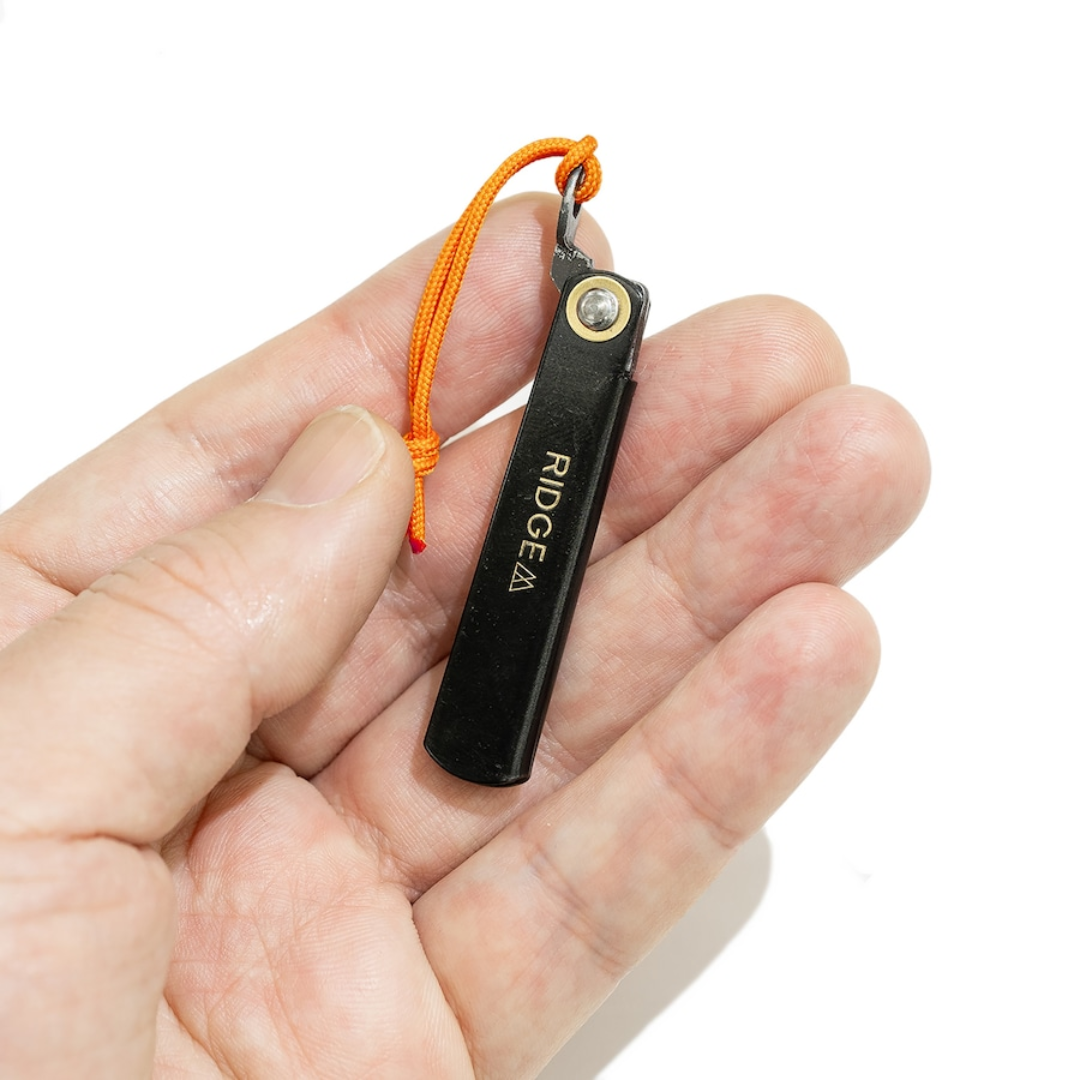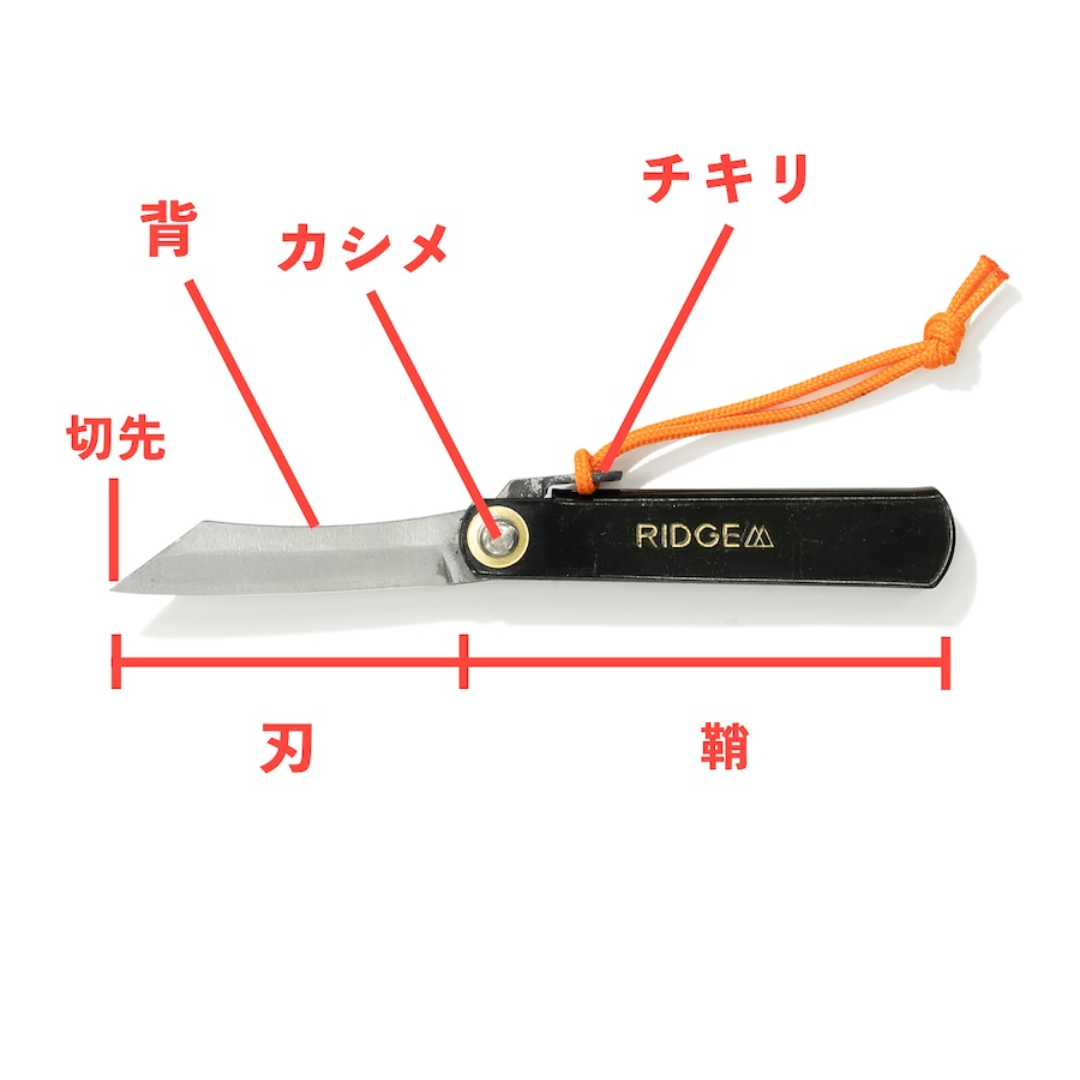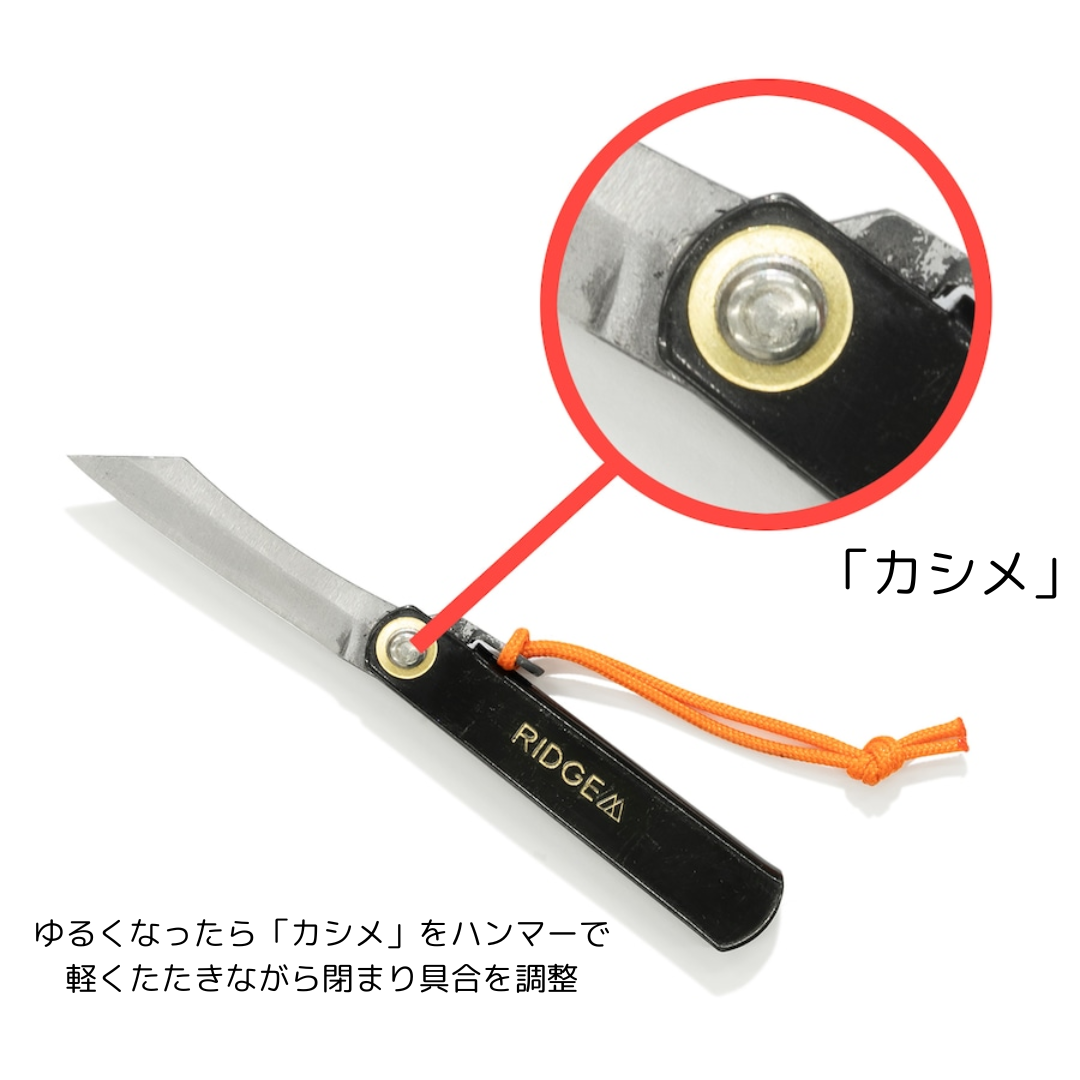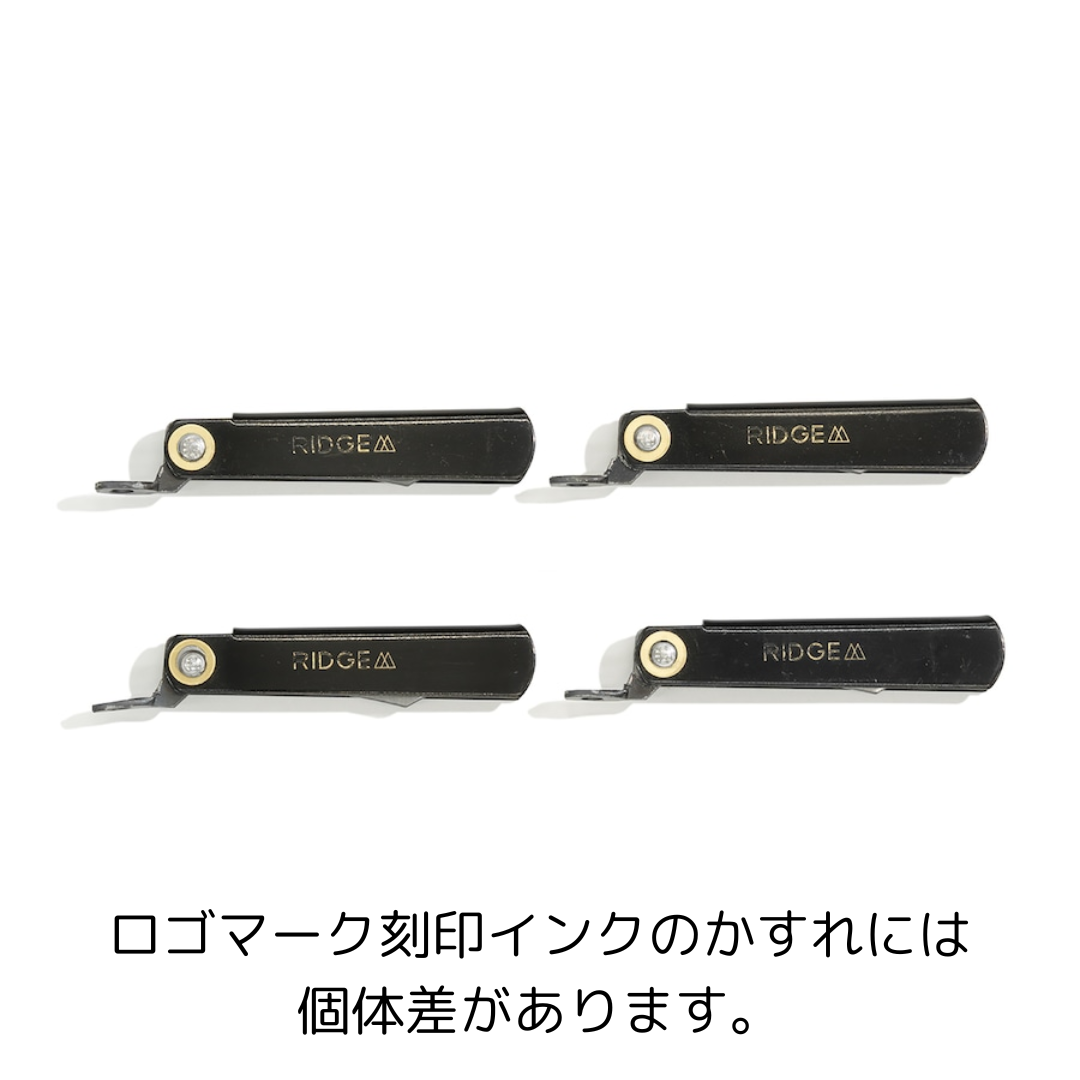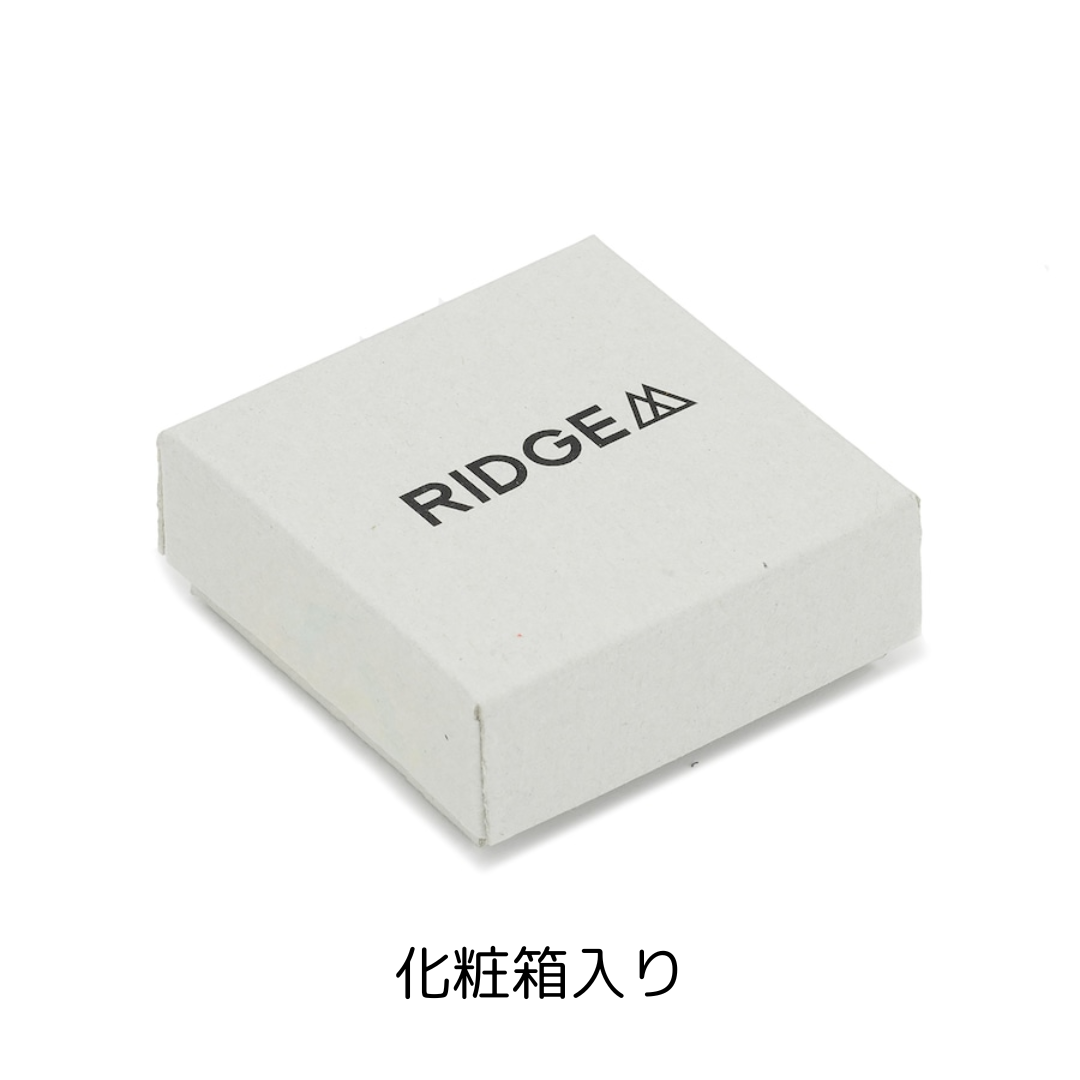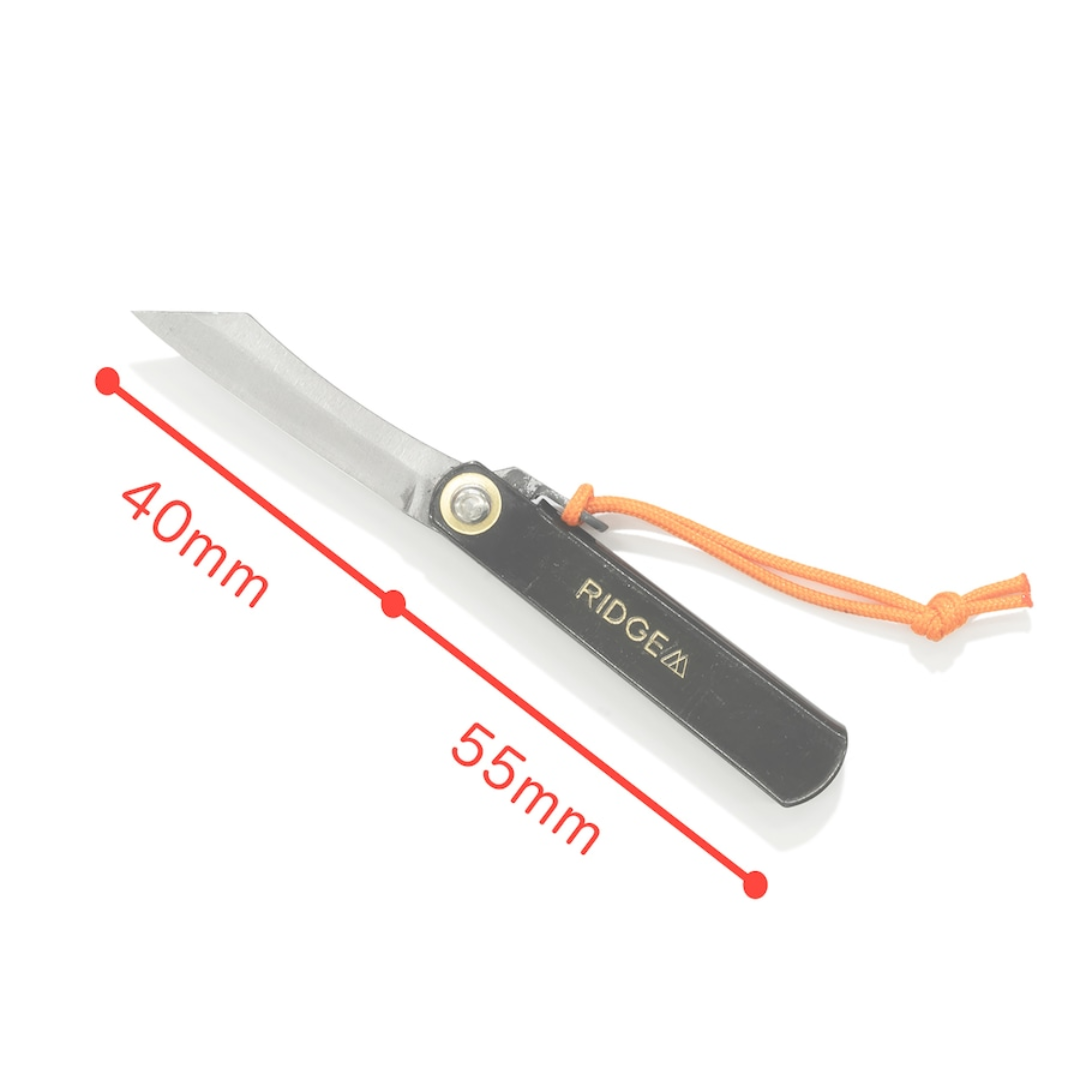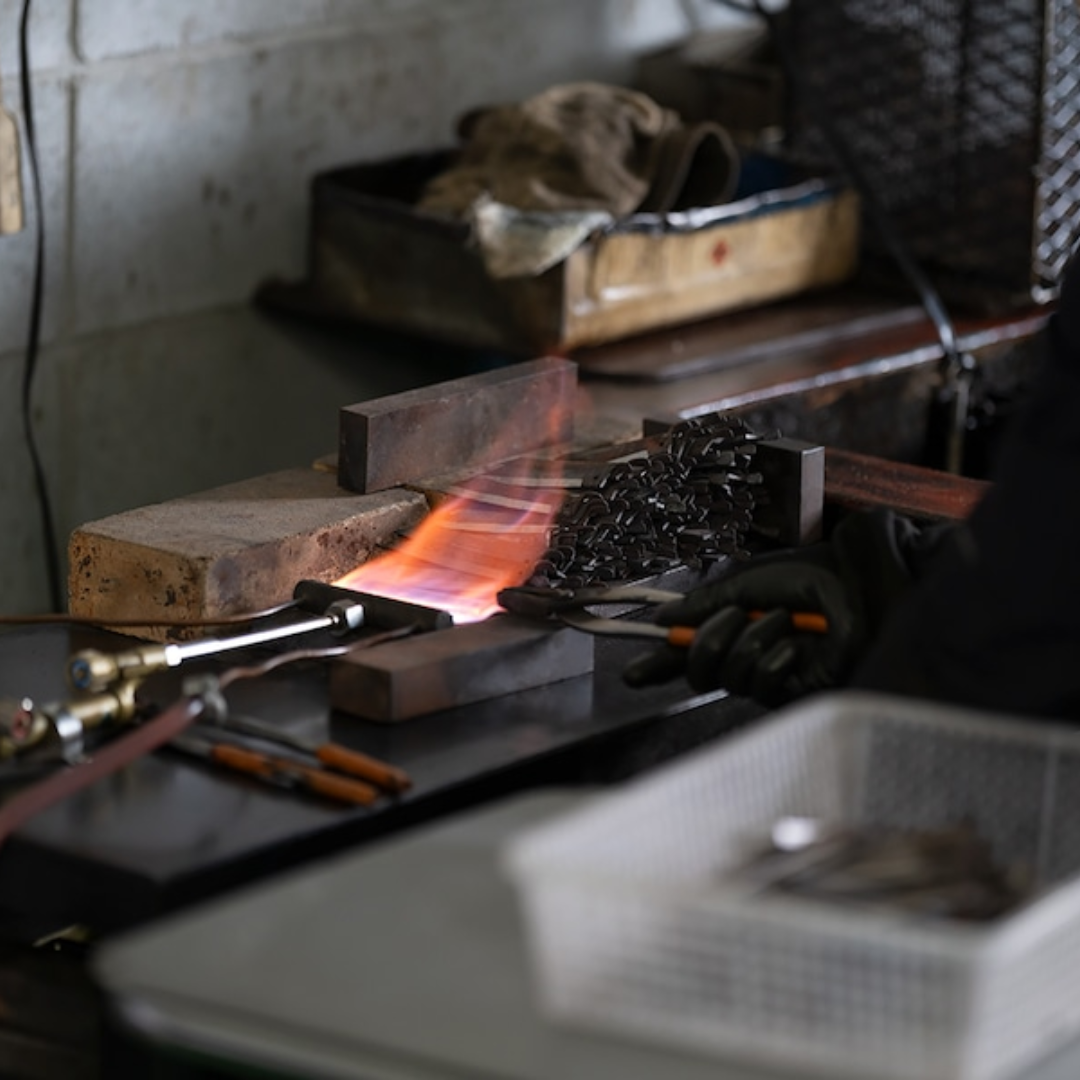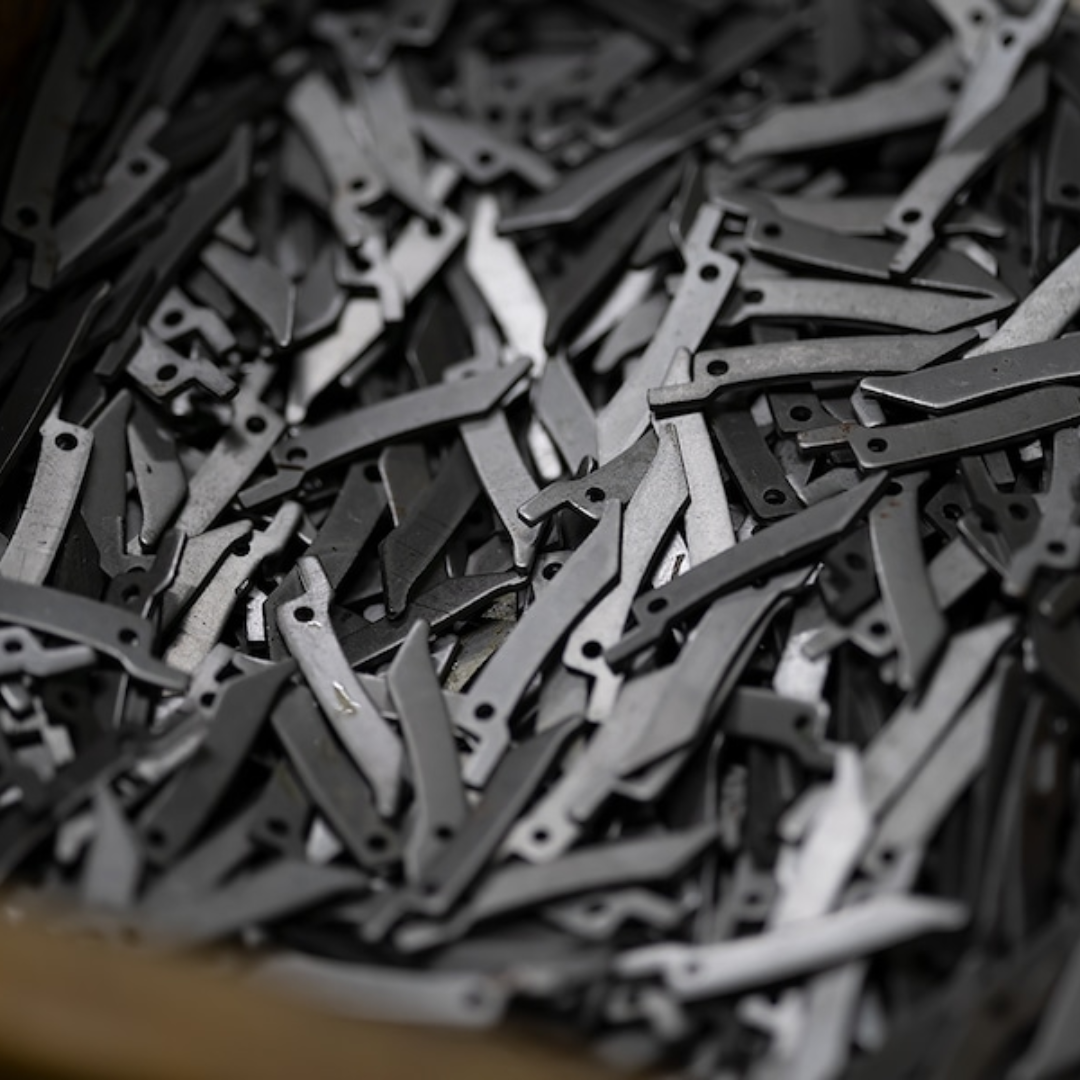RIDGE Higonokami Micro Knife
RIDGE Higonokami Micro Knife
Low stock
Couldn't load pickup availability
[Introduction]
The Higonokami is a knife with a unique Japanese tradition and history, and I was captivated by its simple yet functional beauty.

When I first started mountaineering, I often enjoyed cooking authentic meals using fresh ingredients in the mountains, and I needed a fairly large knife. However, these days I rarely cook authentic meals while hiking. I often use freeze-dried foods, or enjoy the food provided at mountain huts, if there are any.

Therefore, the knife I carry around doesn't need to be large. I rarely need to use a knife, but I think this size is sufficient. It's also a knife that's easy to carry around as a talisman.

[Knowing the history makes you feel even more attached to it]
It is said that the knife was based on a knife* that hardware wholesaler Shigematsu Tasaburo brought back from Kagoshima around 1894, and that the blade and handle could be folded up with a "chikiri" (tail) attached to make it portable.

At the time, most of our clients were in southern Kyushu (mainly Kumamoto), so we marketed the product under the name "Higonokami Knife," which was well-received locally and led to a significant increase in sales.
It is generally believed that the blade has always been double-edged (V-shaped cross section) since those days (this differs from the single-edged blade).
The shape of the blade has also changed little by little. At first, it was sharp and pointed (bamboo blade), but now it is square. The handles were also available in both vertical and horizontal bends. (Currently, vertical bend handles are not manufactured as standard products.)

It is said that the fame of Higonokami knives spread even further when the future Emperor Taisho took a liking to a Higonokami knife on display at the "First Kobe Trade and Production Exhibition" held in Kobe City in 1911 and purchased it.
The Higonokami Knife Association was established in 1899, and at its peak it had become a major industry with 40 registered manufacturers and 200 people engaged in the production of Higonokami knives.
However, many inferior imitations of Higonokami began to be produced in various places, causing various problems, so in 1910 the name "Higonokami" was registered as a trademark, and from then on "Higonokami" could only be used by members of the Miki Western Sword Manufacturers Association.

Later, with the advent of cutters and electric pencil sharpeners, and in the 1950s a movement to ban knives arose, production and sales suffered a major blow.
There has been a constant stream of businesses changing jobs or going out of business, and currently only Nagao Kanekoma Seisakusho is allowed to use the "Higonokami" trademark.

[Spec]
Material: Blade: SK steel, Sheath: Brass (plated)
Size: Blade approx. 40mm x Sheath approx. 55mm x Thickness 23mm
Weight: Approx. 15g
Country of origin: Japan
Producer: Kanekoma Seisakusho Co., Ltd., Miki City, Hyogo Prefecture
The SK steel used in the blade is widely used in the manufacture of blades, tools, and molds. Due to its hardness and durability, it is also used in cutting tools and molds, as well as some gardening and kitchen tools. Furthermore, proper heat treatment can maximize its performance.
However, tools and equipment made from SK steel have the disadvantage of being prone to rust, so they must be properly maintained after use and stored with care.
Shipping & Returns
Shipping & Returns
For shipping information, click here
For returns and exchanges, click here
If you have any other questions,
Please contact us anytime.
